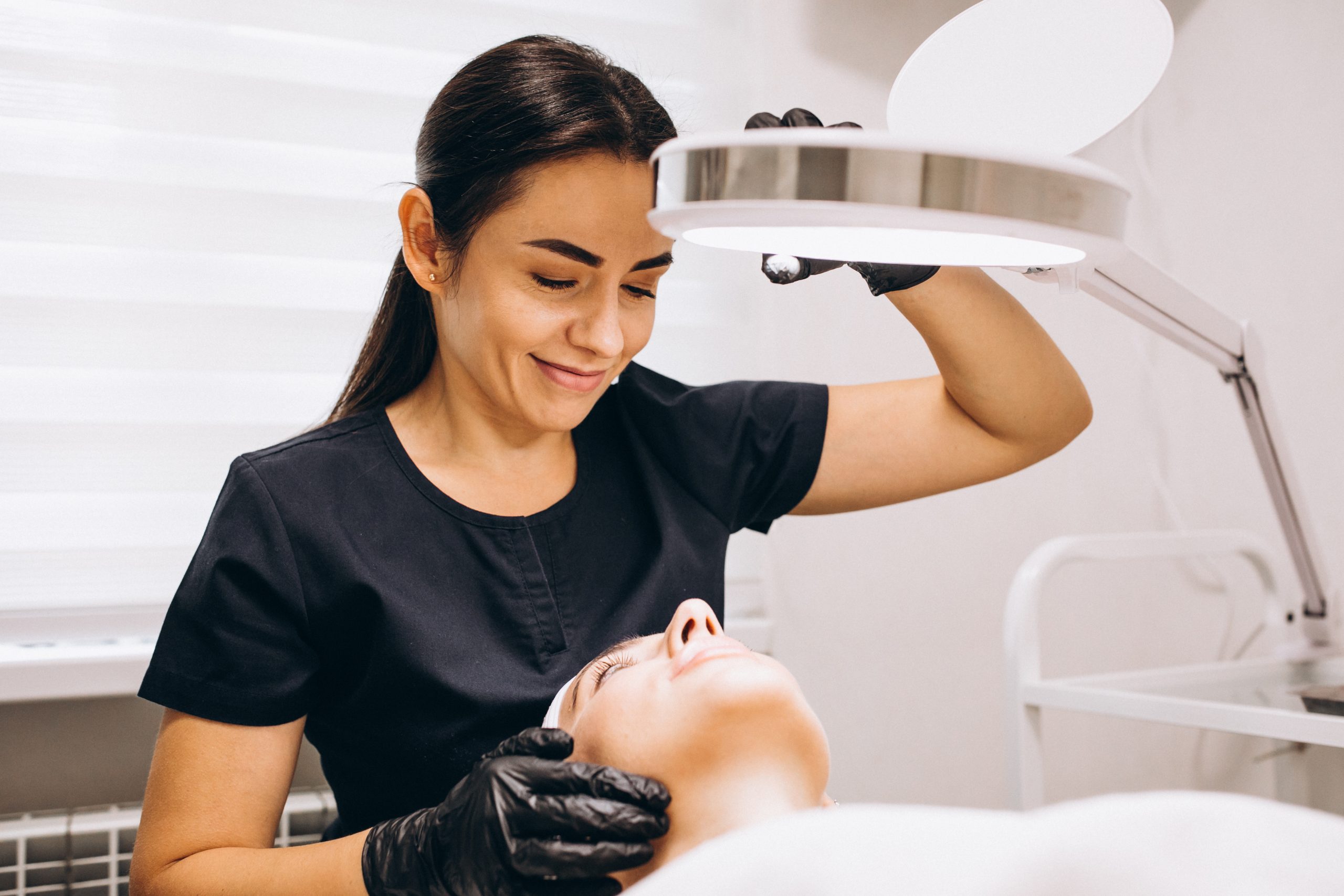
Medical tourism has embraced all kinds of treatments as part of its multi-hundred billion dollar industry. Medical tourism has it all, from the advanced heart and cerebral surgeries to dermatology treatments of lesser medical importance.
Most dermatology treatments can cost thousands of dollars. This has made medical tourism for dermatology more popular to people for their skin care treatments. Patients choose medical tourism abroad to save money, but another primary motive is because the procedures they want are not yet available in their country. Some doctors and clinics, especially those offering the latest dermatology procedures, can have long waitlists. With medical tourism in the dermatology field, patients can get their treatment without delay.
Dermatology is a medicine branch that focuses on health issues affecting skin care, nails, hair, and mucous membrane. A dermatologist can address cosmetic issues, which can rejuvenate the appearance of the skin, nails, and hair. Also, specialize in both surgical and medical aspects. Some of the most common treatments are acne, dermatitis and eczema, hair loss, nail problems, fungal infections, warts, vitiligo, and skin cancer.
How much does dermatology treatments cost abroad?
Depending on the skin care treatment you are seeking, your chosen clinic, and the destination country, your dermatology treatment costs can vary. You should research different clinics before deciding where to have your work done, as there can be differences in pricing even among clinics in the same country. If you need assistance paying for your dermatology treatment, there may be financing options available for which you can qualify.
How long should I stay in Mexico for my medical tourism trip?
Depending on the type of skin care you have, your dermatologist may let you leave the hospital on the same day or advise you to stay for several days. For noninvasive skin care treatments, such as chemical peels and cosmetic injections, you should be able to leave the hospital on the same day and fly home within a couple of days. For invasive procedures, particularly to treat severe medical conditions, your dermatologist may need you to stay in the hospital for several days and in Mexico for at least 10 to 14 days.
What’s the recovery time in my skin care treatment?
A dermatologist will usually give you a detailed recovery timeline for each dermatology treatment. In general, recovery time for nonsurgical skin care treatment is typically short, and you should be able to resume your routine within a few days. It may take several weeks for surgical procedures until you are allowed to return to your full daily activities.
What about aftercare when you travel back home?
Your dermatologist will give you a set of instructions to care for yourself during the recovery period. The instructions will be different for each type of dermatology treatment. Still, they may include a diet plan, light exercises to follow, how to care for your surgical wounds or affected area, activities you can or cannot do, signs of complications to be aware of, and medication to take.